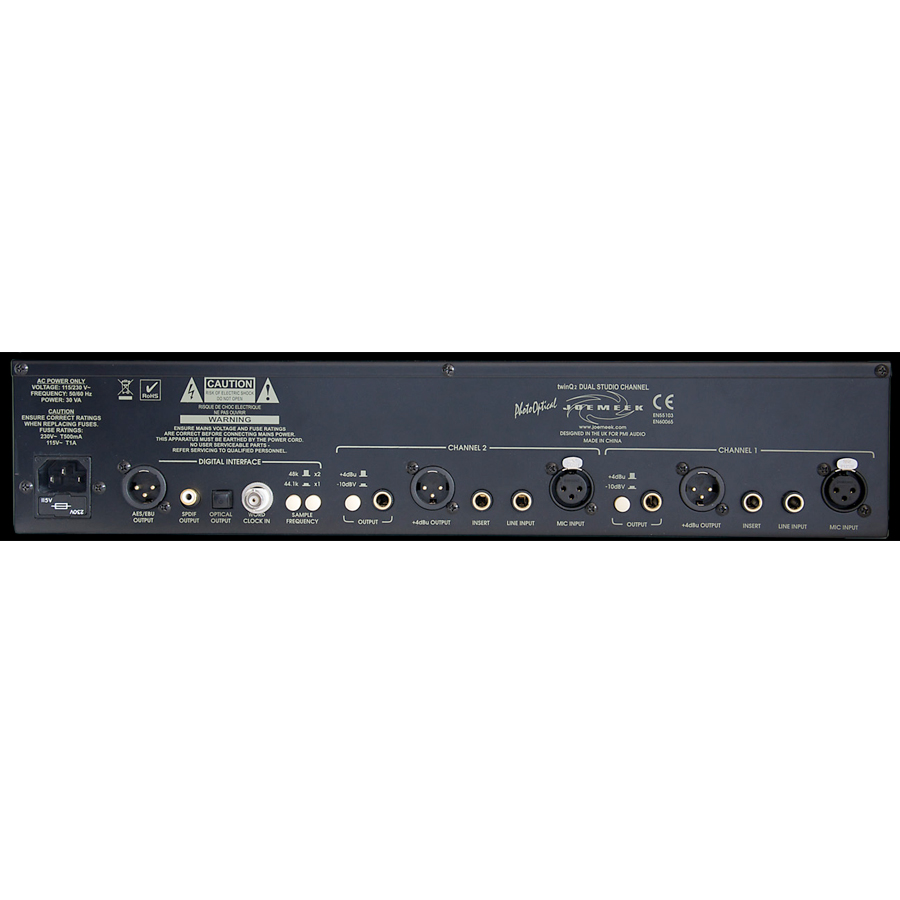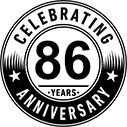2UDual Mono Channel Strip
Item # 30385
Retail Price
$1499.99
Sale Price!
$1,199.99
Buy Today and Save $300.00 (20% from Retail)
We're sorry, this product is no longer available.
The Joemeek twinq2 is everything you ever wanted in a dual studio channel - and then some!
- Some changes we made to the twinQ2:
- The microphone input transformer is permanently assigned to the "Mic" Input. The "IRON" switch now optionally sends the "Line" input through the transformer, to add some colouration to Line sources.
- The input "GAIN" control now operates over the range 18dB to 60dB, with improved resolution in the crucial 25dB-45dB range. Microphone inputs up to +4dBu can be accommodated without distortion
(+24dBu by using the "PAD" switch). - As before, with the "LINE" input selected the gain is unity (0dB) at the top of the dial; the gain range is now -19dB to +22dB.
- The "INSTRument" input now has a gain range of 0dB to +40dB.
- "PEAK" LEDs now light at +16dBu (2dB below Full Scale Digital).
We started with high quality Burr-Brown IC's for the preamp, added an extremely musical EQ section and an optical compressor for that signature "Meek" sound. Then we included some new and innovative features, like an "Iron" switch that switches the IC front end to a transformer - completely changing the topology of the circuit. It even has 24bit, 96k A/D converters built in.
All of this comes housed in a rugged 2u chassis with a beautifully sculpted aluminum faceplate.
With sonic quality rivaling mic pre's priced thousands of dollars more, the twinq2 sets a new standard for dual channels!
Digital Interface
The Joemeek Digital Audio Interface provides high quality digital audio outputs plus the ability to synchronize to an external word clock. The digital audio outputs are compatible with most digital recorders, as well as Digital Audio Workstations and mixers. S/PDIF format is available from the RCA phono connectors, while the transformer coupled XLR connector provides an AES3 compatible output.
The Joemeek Digital Interface has highly stable onboard master clocks for low-jitter, hi-fi results. Internal sample rates of 44.1kHz, 48kHz, 88.2kHz or 96kHz are selected by means of rear panel switches. 44.1kHz is the standard used for audio CD's, while 48kHz and 96kHz are widely used in recording studios. In general, the higher the sample rate, the better the audio fidelity, but the more disk space is required for the recording. For example, recording at 96kHz requires twice as much storage as 48kHz. Consult the manual of your recorder or DAW as to what sample rates it will accommodate.
Alternatively the twinq2 may be set to the frequency of an external master word clock, generated, for example, by the studio's recorder or DAW. When connected to the BNC socket provided, a suitable external word clock will be detected automatically and will override the twinq2's internal word clock.
The front panel LED labelled 'EXT CLK' illuminates when the twinq2 is successfully locked to an external word clock. To avoid distortion, care should be taken not to overdrive the input to the Digital Interface. The red LED next to the Output Gain control is labeled "PEAK FSD" which stands for "Full Scale Digital". Occasional flashes are OK but if it is on all the time, turn something down!
0 0
MPN: TWINQ2
- Input impedances:
- Mic: 1.2kohm; Line: 10k ohm
- Pre-amp overall gain: -2dB to 60dB
- Common mode rejection: 70dB
- Equivalent input noise: -128.5dBu (unweighted)
- Distortion: 0.001% (below Compressor threshold)
- Frequency response: 10Hz to 70kHz (-3dB)
- Maximum input before clipping: Mic: +24dBu, +45dBu
- Headroom before clipping: +29dBu
- Compressor threshold: -6dBu to -22dBu (variable)
- Compressor ratio: 1:1 to 10:1 (variable)
- Compressor attack time: 1 msec to 100 msec (adaptive)
- Compressor release time: 0.1 sec to 3 sec (adaptive)
- Nominal output levels: +4dBu/-10dBv
- Output impedance: 75ohm
- Output Level switch: 12dB attenuation
- Noise Floor: -85dBu (typical, with ~40dB mic gain)
- VU Meter: Analogue movement
- Power supply: 115V / 230V ac mains, 50/60Hz
- Power consumption: 30W
- Mechanical: 482W x 88H x 220D (overall)
- Weight: 3 kilos
- High Pass Filter: 12dB per octave cut below 80Hz
- EQ Boost & Cut: +/-15dB (zero phase-shift bell response)
- LF Frequency : 40Hz to 650Hz variable
- MID Frequency : 300Hz to 5kHz variable
- HF Frequency : 6kHz/12kHz switchable
Digital Output Specifications - Sampling: 24 Bit
- Resolution: 24-bit delta sigma using Wolfson WM8738 ADC
- Sampling Rate: 44.1kHz, 48kHz, 88.2kHz or 96kHz selectable
- Output Formats: AES3 compliant (balanced), S/PDIF electrical
- Oversampling: This is [sample frequency divided by twice the bandwidth]. So for a 20kHz bandwidth sampled at 96kHz, oversampling = 2.4x.
- However the term oversampling is sometimes confused with [clock frequency divided by sample rate]. In the DB-1 that would be 256x at 96kHz
- Noise Floor: typically 92dB A-weighted (referenced to 0dBFS = +18dBu). So for a +4dBu signal, the SNR is 78dB
- Distortion: typically 0.01% @ 0dBu (20Hz - 20kHz) at 96kHz sample rate
- typically 0.02% @ 0dBu (20Hz - 20kHz) at 48kHz sample rate
- typically 0.02% @ -1dBFS (20Hz - 20kHz) at all sample rates
- External Word Clock input: 75ohm, 1.25V - TTL level, 44.1kHz to 96kHz (auto synchronising)
- Crosstalk: typically -67dB (20Hz - 20kHz)
Related Gear
-
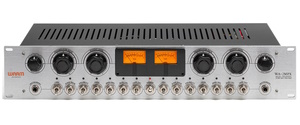
Warm Audio WA-2MPX
Item # 87834
Description
$1,399.00 View Details
Dual-Channel Tube Microphone Preamp -
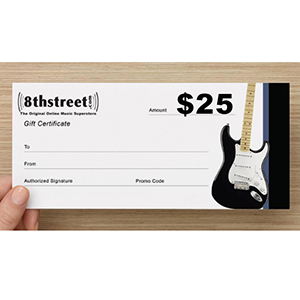
8th Street Music $25 Gift Certificate
Item # g25
Description
$25.00 View Details
Gift Certificate (may be purchased in multiple amounts) -

Hosa HPP-005X2 5-Feet
Item # 65077
Description
$19.95 View Details
5-Feet Pro Dual Cable 1/4-Inch TS to Same -
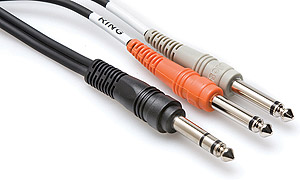
Hosa STP-204
Item # 2633
Description
$17.95 View Details
4 Meter Insert Cable, 1/4 in TRS to Dual 1/4 in TS -
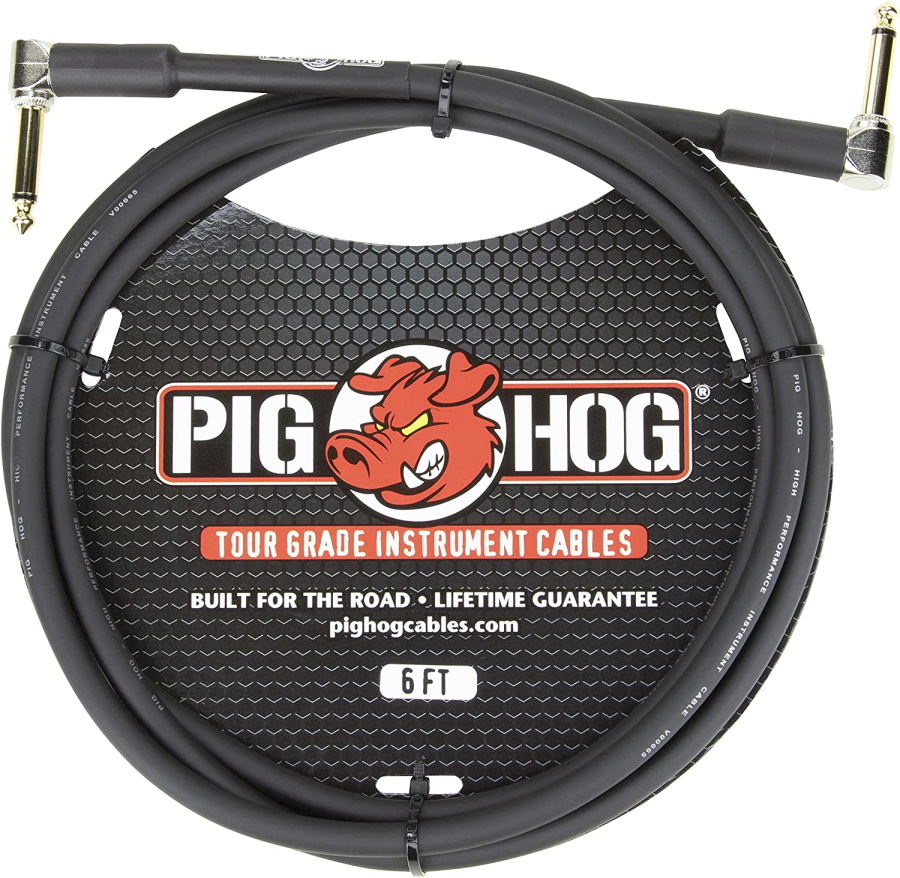
Pig hog PH6RR High Performance 8mm Right-Angle Guitar Instrument Cable 6 Feet
Item # 85790
Description
$13.95 View Details
6 ft R-R Instrument Cable
 2UDual Mono Channel Strip
MPN #: TWINQ2
UPC #:
Regular price: $1499.99
$1199.9900
Available from:
8th Street Music
Condition: New
Out of Stock
2UDual Mono Channel Strip
MPN #: TWINQ2
UPC #:
Regular price: $1499.99
$1199.9900
Available from:
8th Street Music
Condition: New
Out of Stock


